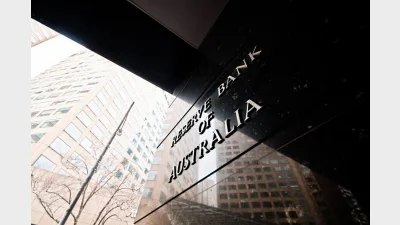Treasury details problems of Choice heatmaps



Treasury is in discussions with the Australian Prudential Regulation Authority (APRA) and superannuation funds about the presentation and quality of data in the Choice heatmaps.
Appearing before the Senate Estimates, the department said it had discussed with APRA and superannuation funds on opportunities for improvement in the next iteration of the heatmaps.
In the first Choice heatmaps last December, around 60% of Choice superannuation funds delivered returns below the APRA benchmark. This was a higher rate than for MySuper products (45%).
However, there had been feedback from industry organisations around the appropriateness and accuracy of the assessment.
During the hearing, Senator Jenny McAllister, asked what areas of improvement had been suggested to the regulator.
Meghan Quinn, deputy secretary for markets group, said the Choice heatmap had been more complicated to collate than the MySuper ones as there were challenges around the funds’ histories and risk ratings.
She said: “Some of the presentation issues would be the same as issues raised in the MySuper space with different funds and different products having different focus on and weighting on the different elements.
“It's much more complex to do comparisons outside the MySuper product space because they have a lot of different risk ratings, different history and length of time. For example, how do you deal with a product that's only been available for a third of the time of another product? And is it appropriate to compare them against the same time period versus shorter time periods?... How do you take account of volatility in the period of which a shorter product has been in place?
“There's a very long list of technical issues that the funds raised with APRA in their measurement heatmap. In terms of our discussions with APRA, it's more around what that implies for transparency and comparability, which is what's important for consumers.”
Recommended for you
Super trustees need to be prepared for the potential that the AI rise could cause billions of assets to shift in superannuation, according to an academic from the University of Technology Sydney.
AMP’s superannuation business has returned to outflows in the third quarter of 2025 after reporting its first positive cash flow since 2017 last quarter.
The major changes to the proposed $3 million super tax legislation have been welcomed across the superannuation industry.
In holding the cash rate steady in September, the RBA has judged that policy remains restrictive even as housing and credit growth gather pace.










